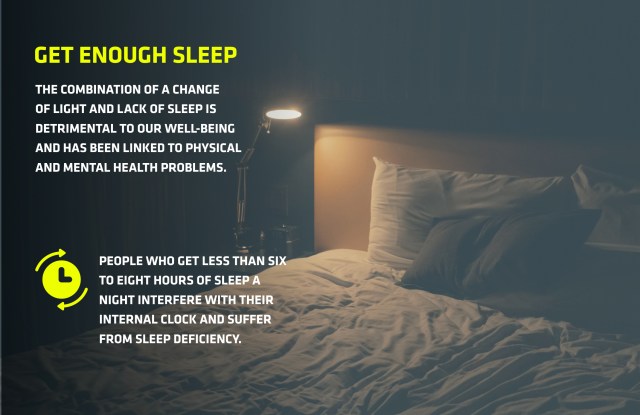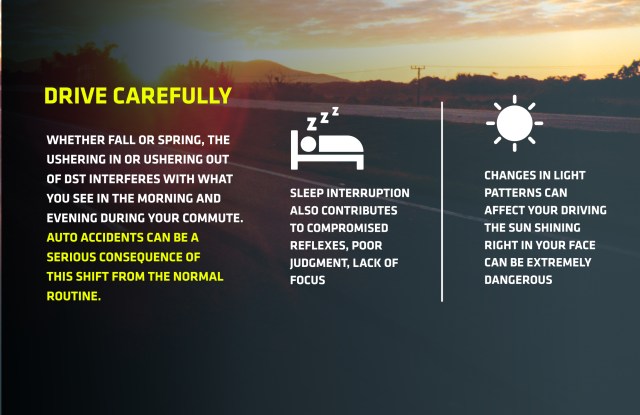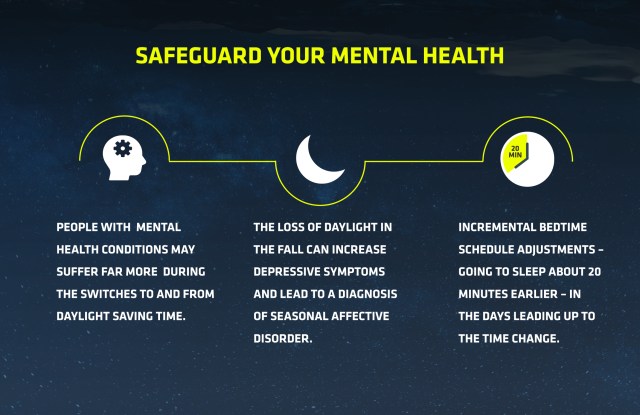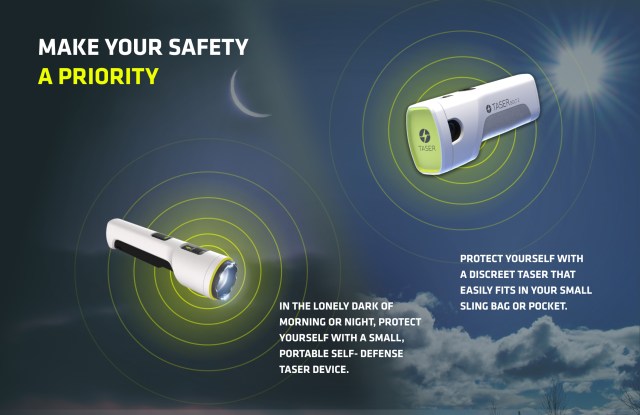Even though legislation is in Congress now to banish DST for good, we must live with this yearly change in the meantime. Discover some of the most dangerous side effects of the beginning and end of Daylight Saving Time and how to keep yourself safe.
Get Enough Sleep
In the fall, the end of Daylight Saving Time feels great. You fall back and get an extra hour of sleep, but then you quickly remember that you lose an hour of daylight. In springtime, when DST begins, we feel the burn when we lose an hour of sleep, but it can be rejuvenating to gain more light at the end of the day.

Either way, this combination of a change of light and lack of sleep is detrimental to our well-being and has been linked to physical and mental health problems. People who get less than six to eight hours of sleep a night interfere with their internal clock and suffer from sleep deficiency. DST does not help – it’s a mismatch for your body. It’s critical to get in your zzzs no matter what the time says.
Drive Carefully
Whether fall or spring, the ushering in or ushering out of DST interferes with what you see in the morning and evening during your commute. More light might be great, but that glorious sun shining right in your face can be extremely dangerous. In fall, darkness is harder to plod through, and it’s more difficult to see wildlife, bicyclists, pedestrians, and other drivers.

Auto accidents can be a serious consequence of this shift from the normal routine. Besides the changes in light patterns that affect your driving, sleep interruption also contributes to compromised reflexes, poor judgment, lack of focus, risk taking, and drowsy driving. Drive defensively at all times of the year. If you can’t stay alert behind the wheel, stay home.
Safeguard Your Mental Health
People with depression, anxiety, mood disorders, and other mental health conditions may suffer far more than anyone else during the switches to and from Daylight Saving Time. The loss of daylight in the fall can increase depressive symptoms and lead to a diagnosis of seasonal affective disorder. One of the treatments for this condition is light, the thing that is lost with the DST change.

For those who are not already being treated for their mental health, talk to your doctor about combatting seasonal depression with special light treatment and by making incremental bedtime schedule adjustments – going to sleep about 20 minutes earlier – in the days leading up to the time change. Baby steps can help the body and mind manage this uncomfortable time change more successfully.
Protect Yourself While Exercising
If you’re used to exercising outside or just being out and about in the evening hours or early morning, light and time changes because of DST can put you at risk. When the switch from DST occurs, the world darkens but you may not want to change your routines as a result.

You may still get out there at 5 a.m. or 5 p.m. but if you’re already feeling off from the time change and now the light is different, you’re officially a disoriented, attractive target to predators. If you’re insistent on keeping your normal outdoor hours, even in the lonely dark of morning or night, protect yourself with a discreet TASER that easily fits in your small sling bag or pocket. Both the TASER Bolt 2 and the TASER StrikeLight 2 are small, portable self-defense devices that deliver safety, stuns, and warnings so you can protect yourself at all times of day.
Make Your Safety a Priority
Even if Daylight Saving Time eventually disappears, the light will continue to shift with the seasons and darkness will affect how we go about our days. Always be aware of your surroundings, especially if you’re alone, and always have a way to protect yourself from threats, even if you’re in a place where you have always felt safe.





